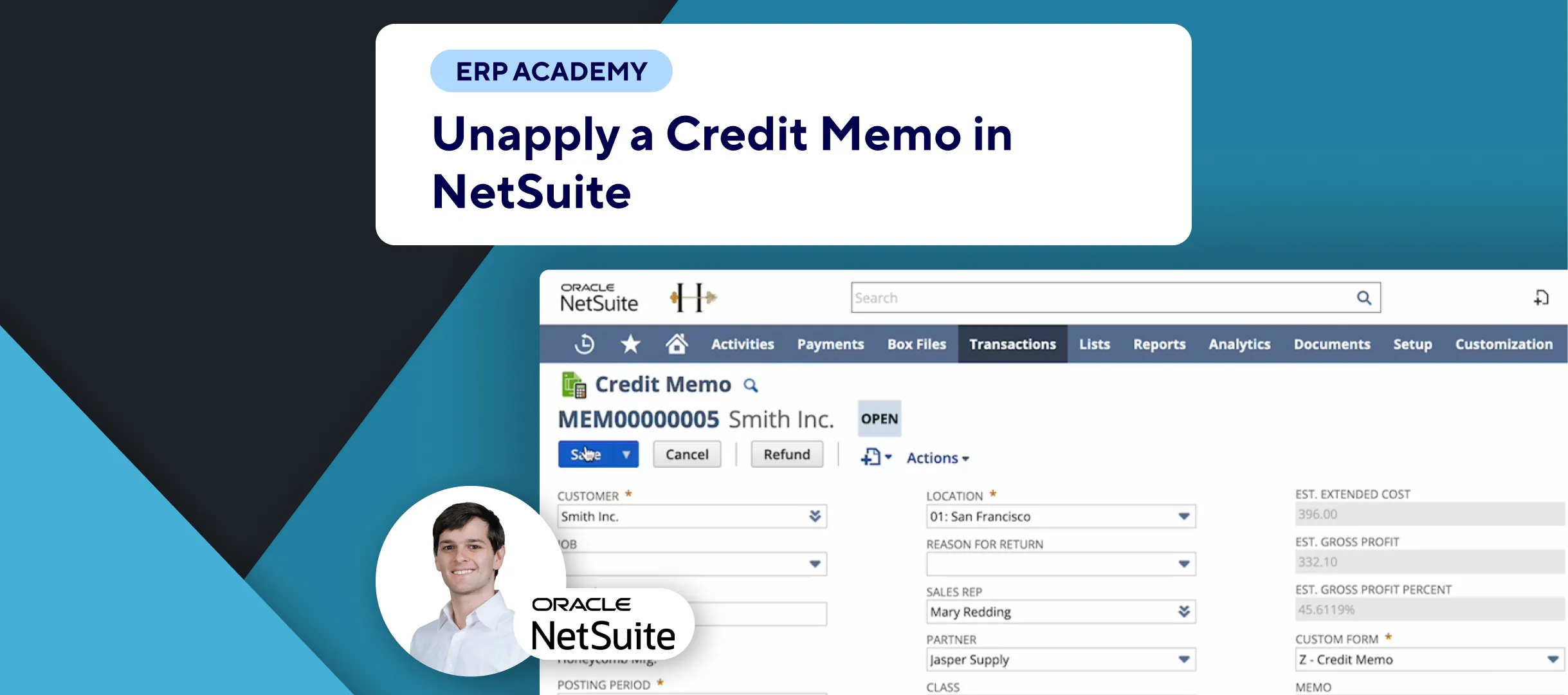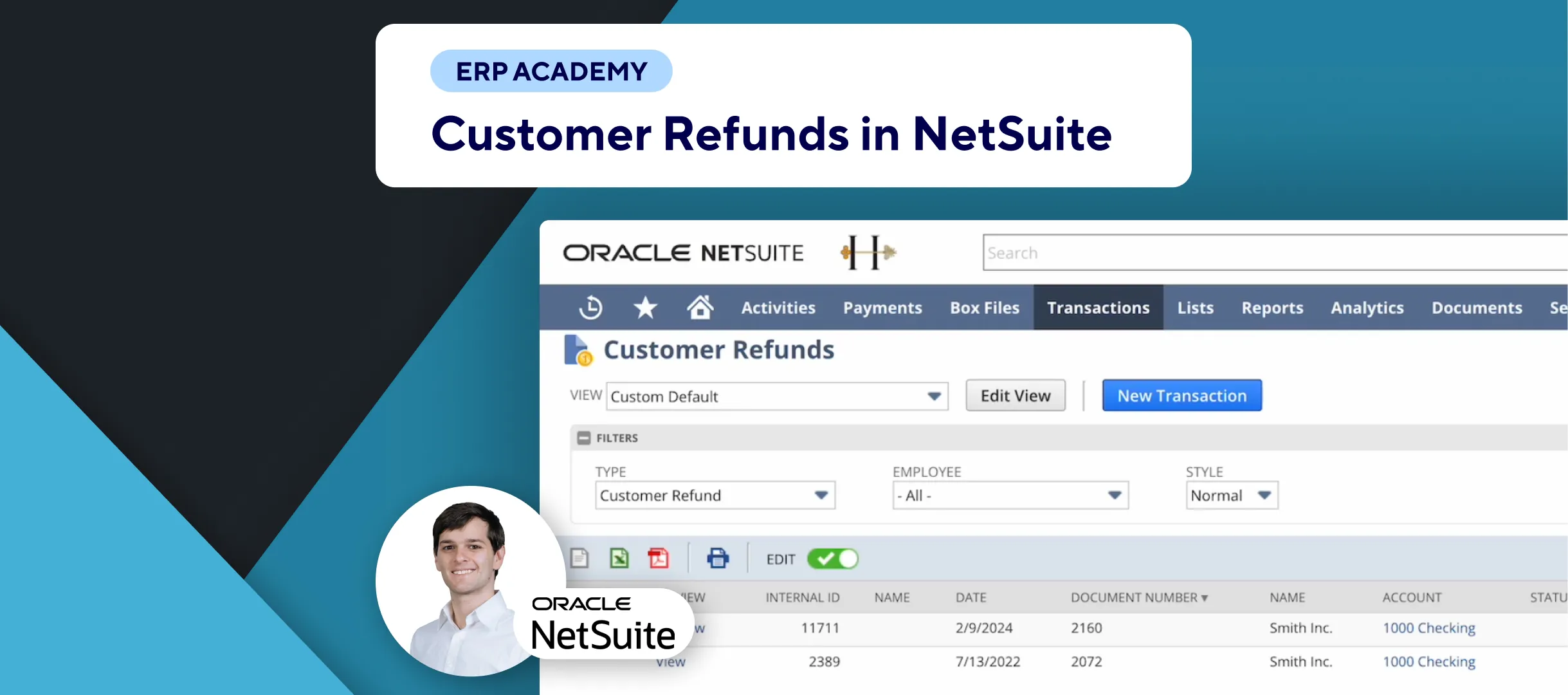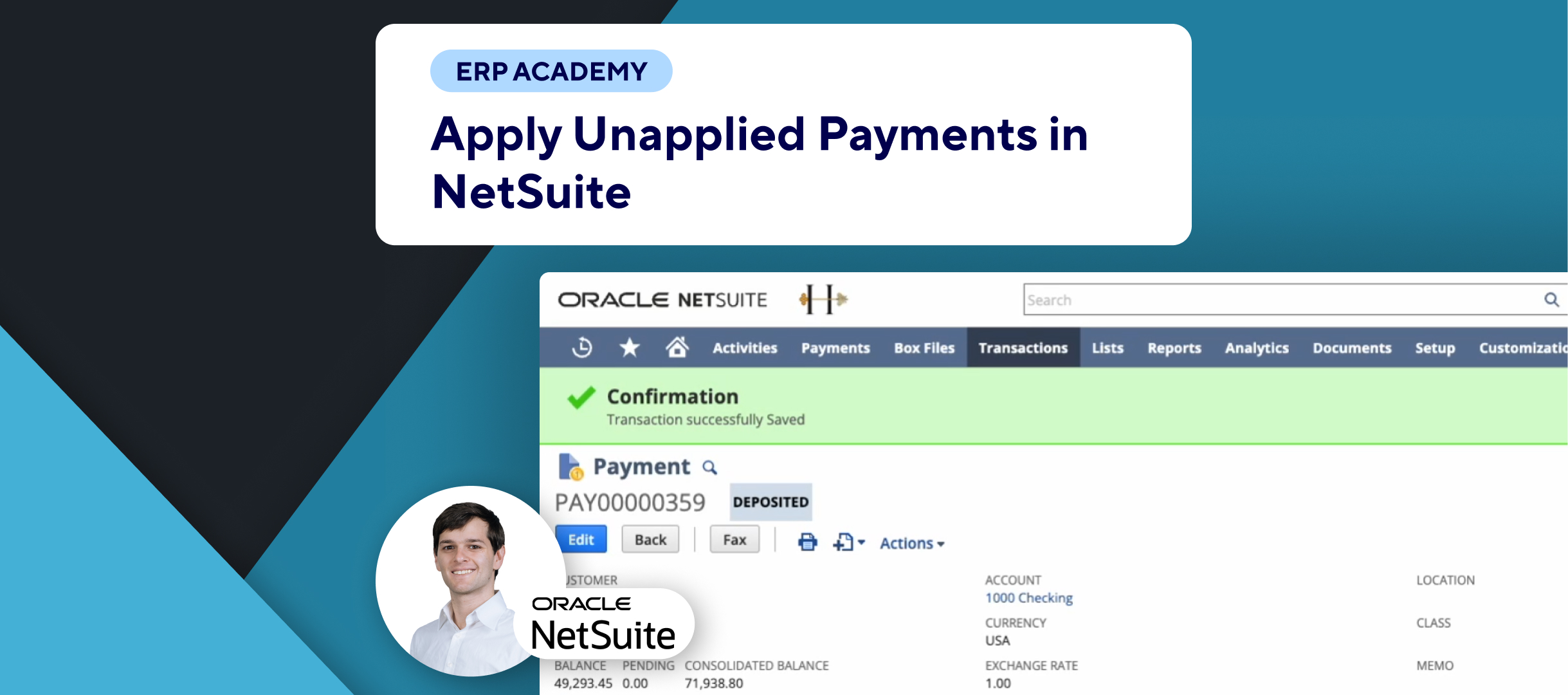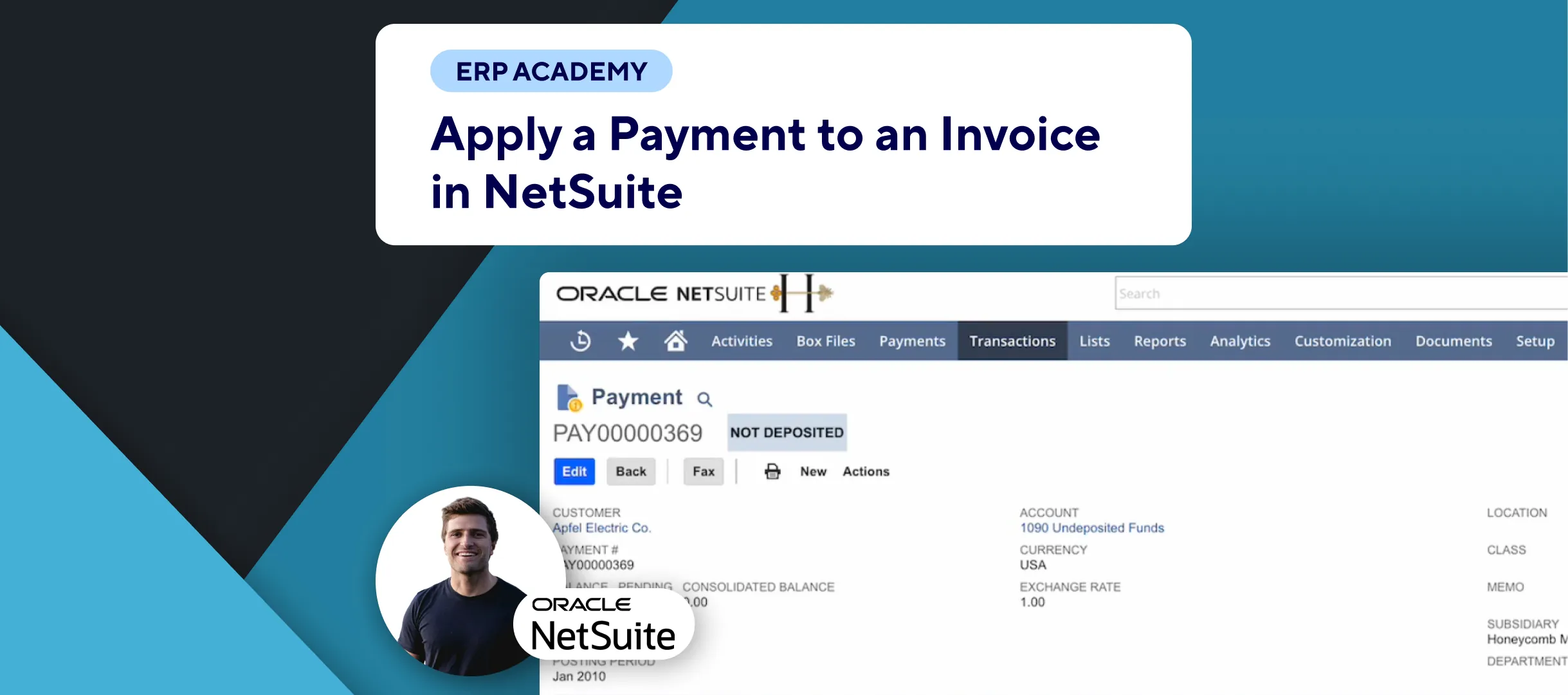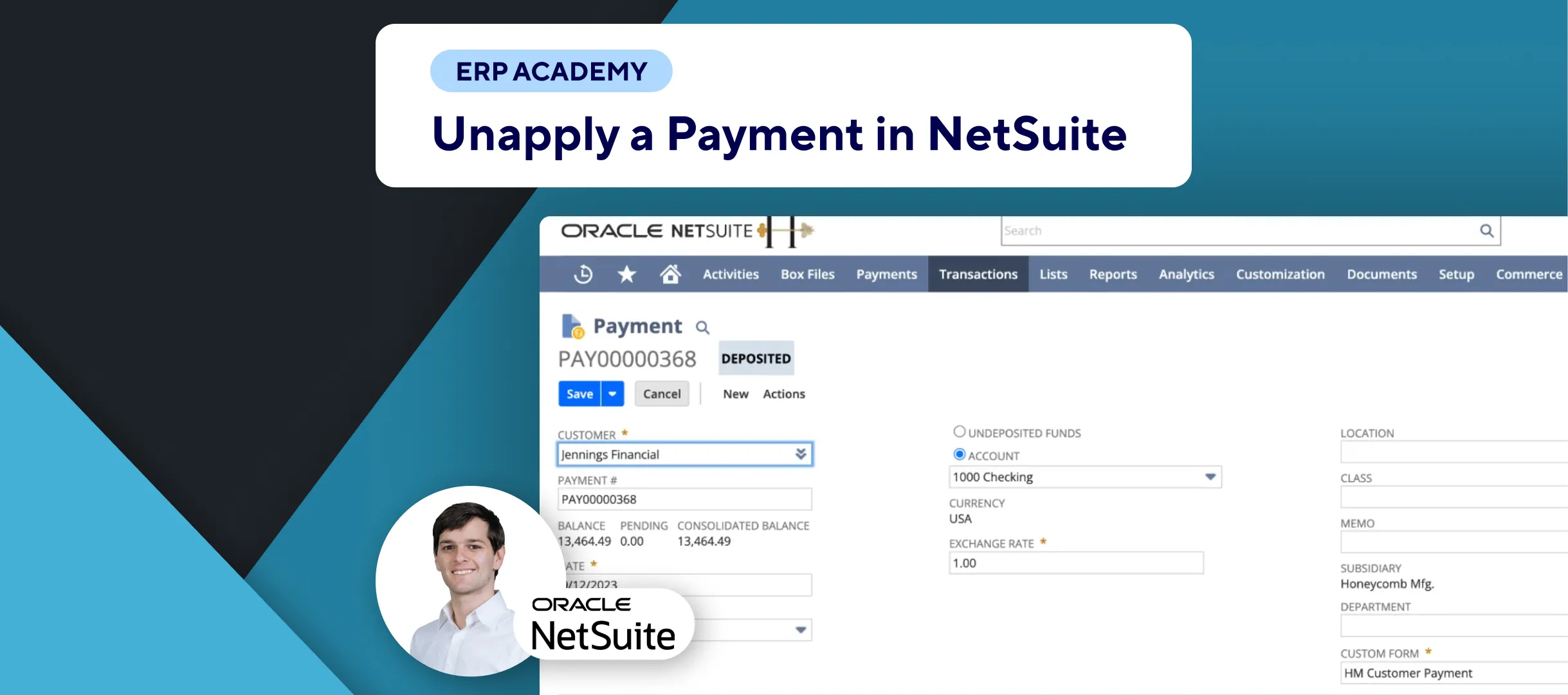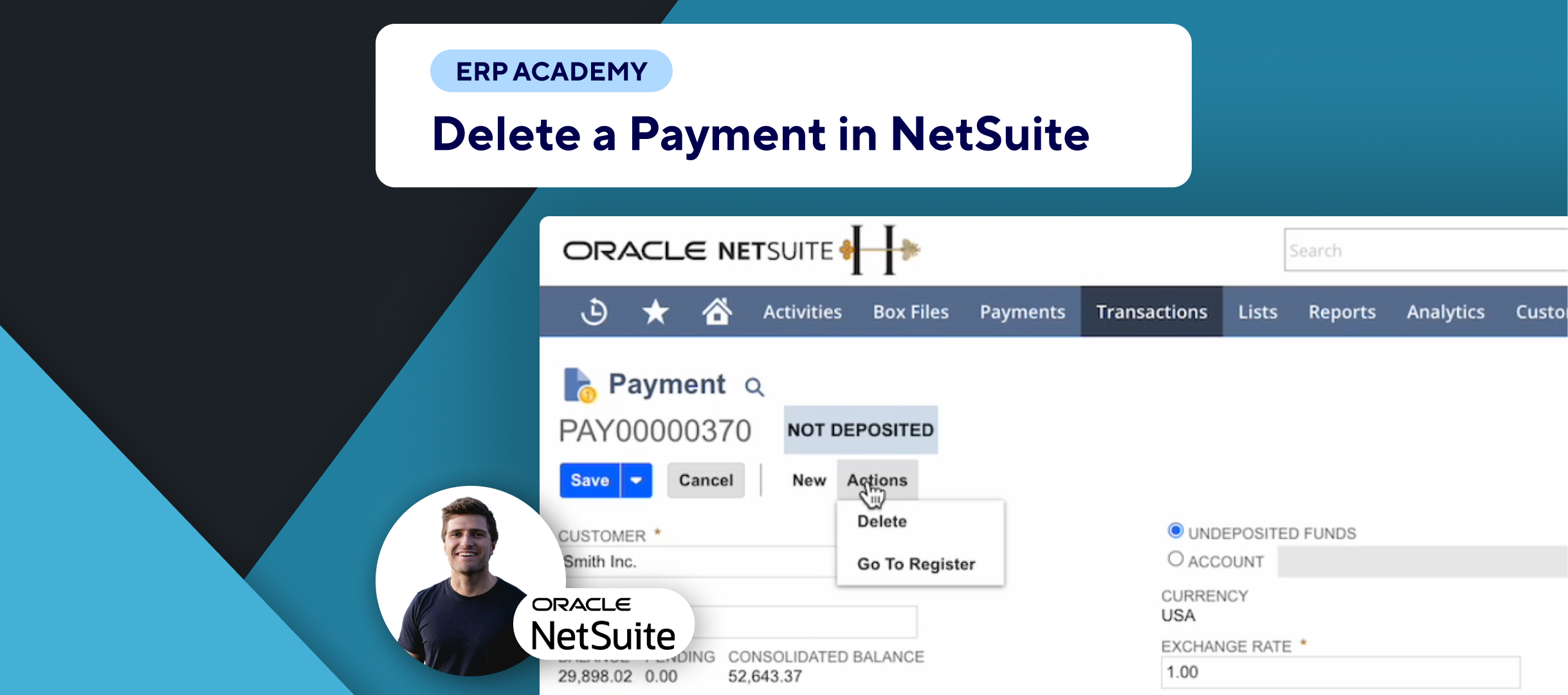🚨 Problem: Accurately recording deposits in NetSuite is essential for ensuring your bank account balances are correctly reflected in your financial records. This tutorial will guide you through the process of making a deposit in NetSuite, including selecting payments, adding non-transaction funds, and documenting cash back received from the bank.
Steps to Make a Deposit
- Navigate to Deposits:
- 💼 Go to the Deposits section in NetSuite. Note that we are focusing on general deposits, not customer deposits.
- Understanding Undeposited Funds:
- 🏦 Many organizations use an undeposited funds account to temporarily hold customer payments before they are deposited into the bank account. This practice helps prevent discrepancies between your book balance and actual bank balance due to processing times.
- Record the Deposit:
- 💳 When recording a deposit, NetSuite automatically transfers funds from the undeposited funds account to your bank ledger account, ensuring accurate bank account balances.
- Creating a Deposit:
- 📝 Select Account:
- Choose the bank account where the funds will be deposited.
- 🧾 Select Payments:
- Select the payments and cash sale items to be included in the deposit. For example, if you received ten payments of $100, you would create a deposit of $1000 by selecting all ten payments.
- 💵 Add Funds Not Related to Transactions:
- You can also add funds that are not related to transaction payments.
- 💲 Cash Back:
- If applicable, document any cash back received from the bank.
- 📝 Select Account:
- Save the Deposit:
- 💾 After filling in the required fields and selecting the payments, click “Save” to record the deposit.
Important Considerations
- Undeposited Funds Workflow:
- 🔄 This workflow is recommended to avoid discrepancies and ensure accurate records.
- 📈 Directly entering customer payments into the bank account bypasses the need for creating deposits.
- Alerts for Modified Records:
- ⚠️ If a payment or cash sale is deleted or modified during the deposit creation process, NetSuite will alert you, and you may need to address any data issues before proceeding.
Automation and Efficiency
- Automating Deposits:
- 🤖 For large organizations, automating the deposit process can save time and reduce errors. Consider using Kolleno’s SuiteApp to automatically create and mark deposits as deposited once payments are received in your bank account.
Final Thoughts
Making a deposit in NetSuite is a straightforward process that ensures your financial records are accurate and up-to-date. By following these steps, you can efficiently manage deposits and maintain accurate bank balances.
For more tips and tutorials, explore our other videos. Thank you for watching!

